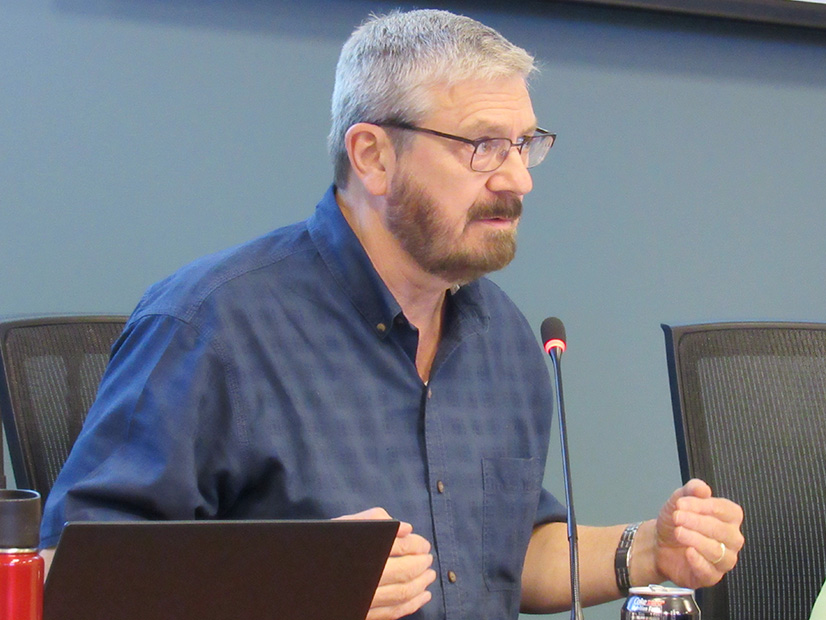MISO planners last week again drove home how essential a long-range transmission plan is, although some MISO South representatives remain skeptical.
“Planning should take a long-term view of the system,” MISO’s Jeff Webb, senior director of transmission planning, said during an April 30 virtual stakeholder workshop. “If you don’t do that, you end up with incremental, patchwork planning.”
He said MISO’s generator interconnection planning and baseline reliability planning are “reactive” and study short-term horizons of five and 10 years, respectively. On the other hand, market efficiency projects are purely driven by economics, despite having a 15-year study horizon, he said.
Webb said a long-range study will be MISO’s only planning that looks more than 20 years into the future.
“If we never look beyond our skis … we won’t know how the system might best be developed,” he said.
MISO System Planning Principal Adviser Matthew Tackett said that until now, staff hasn’t needed much beyond incremental planning because the footprint was overbuilt years before.
“Load hasn’t grown much over the last 60 years,” he said.
However, he said the energy industry is on the precipice of transformational change.
MISO in March said it may need more than a dozen 345-kV additions, a handful of 500 kV and 765 kV lines, and even a massive footprint-wide network of DC lines as part of the long-term planning package. Staff estimates the long-term transmission package could cost anywhere from $30 billion-$100 billion. (See MISO Reveals Contentious Long-range Tx Project Map.)
Tackett said the possible projects are only a “start” and based on known and anticipated issues from prior MISO studies, rather than a new, dedicated analysis. He told stakeholders that need and routes are destined for alteration.
Mississippi Public Service Commission consultant Bill Booth asked whether MISO will assign transmission costs based, in part, on states’ individual renewable penetration goals, which vary from aggressive to moderate.
“We know that not everything is created equal,” Webb said, adding that MISO is working with a regional aggregate renewable penetration model.
“The push for renewable energy is very widespread across the footprint,” he said.
Webb said MISO isn’t pursuing a long-term plan simply to make it easier for new resources to interconnect. He said “the real reason is the grid will fall apart” under a likely future resource mix.
Simon Mahan, Southern Renewable Energy Association’s director, said he noticed that MISO’s map of possible transmission needs includes new lines in areas in MISO South that shed load during Winter Storm Uri. He said new southern lines might have helped limit the emergency.
“We’re going to pay for this either through new transmission lines or not having enough power,” Mahan said.
Mississippi Public Service Commission counsel David Carr said that while parts of the South may need “targeted” transmission projects in certain load pockets, he wasn’t sure that the scale should be in the order of billions of dollars.
“It’s not clear, at least to this southern regulator, why we need massive transmission projects to ensure that this event doesn’t happen again,” he said.
MISO CEO John Bear said the MISO’s load-shed orders during the winter storm were a matter of inadequate transmission capacity, not short power supply.
“We didn’t have resource shortages; we had transmission problems. We had enough resources, we just couldn’t move them to where they needed to be,” Bear said during a Gulf Coast Power Association forum in mid-April.
MISO will hold another long-range transmission workshop with stakeholders at the end of May.





